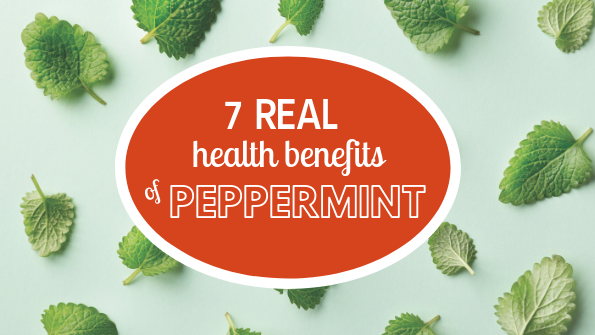Pumpkin spice may be the seasonal flavor du jour (or du decade!), but there are several science-backed reasons why peppermint should top your flavor list this holiday. Not only does the fresh taste of peppermint offset and brighten many of the season’s more indulgent choices, but it also comes with compelling health benefits.
An aromatic herb in the mint family, peppermint is a cross between water mint and spearmint, and it’s most often used as a flavoring in breath mints, candies and other foods, and brewed as a caffeine-free tea. The leaves of peppermint contain several essential oils, including menthol, menthone and limonene. Menthol is the extract that provides the recognizable minty scent and cooling effect on taste buds.
For centuries and in cultures around the world, mint has been used in similar ways: Ancient Egyptians prescribed mint to ease upset stomachs, and it was served as an after-meal digestive aid in ancient Greece and Rome. Both Chinese and Ayurvedic medical traditions also have relied on mint to relieve digestive distress.
Here are the seven main health benefits you’ll reap this winter by brewing a refreshing cup of peppermint tea, enjoying a peppermint-infused treat or diffusing some peppermint essential oil. Plus, we’ll show you how to make that peppermint tea!
